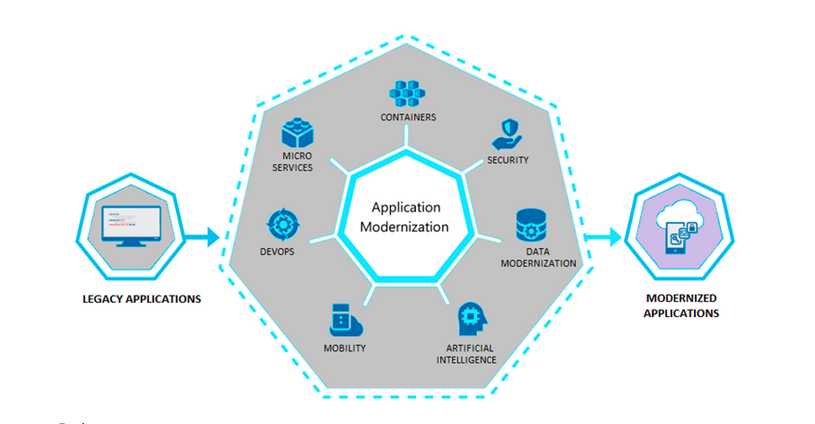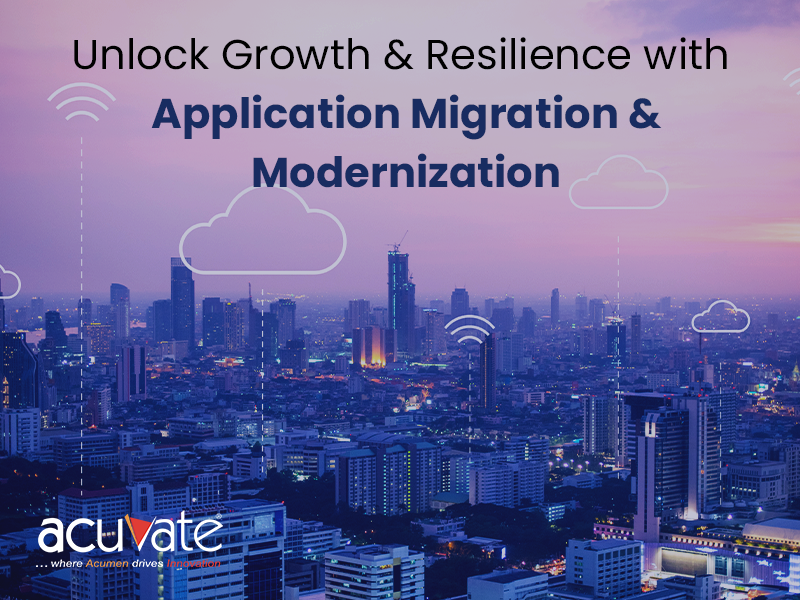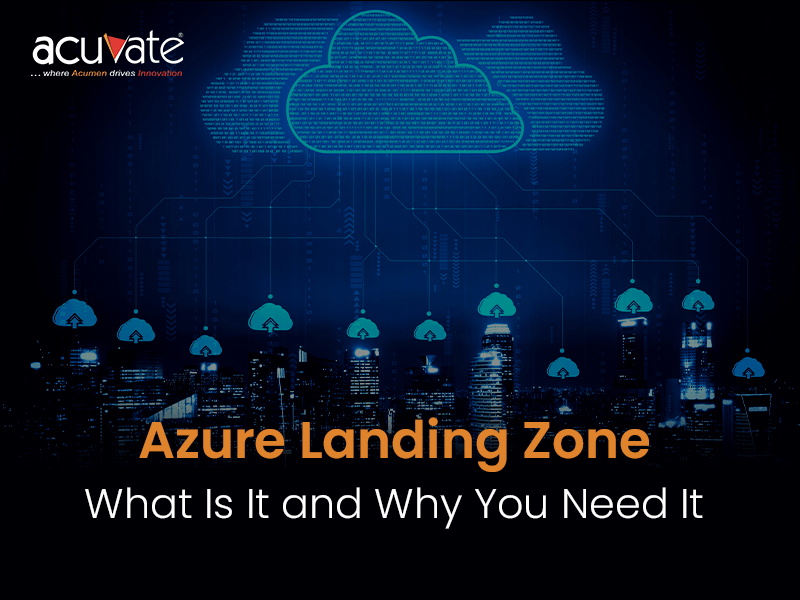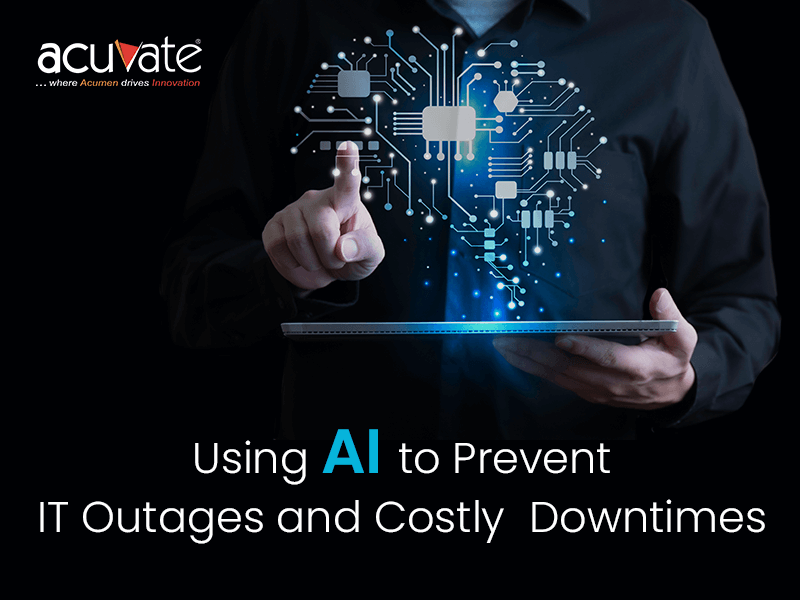Optimized performance. Accelerated innovation. Reduced OpEx and infra costs. Better scalability. Enhanced experience. Improved resilience. In a nutshell – growth unlocked.
Above are just a few benefits that a business can realize by moving its applications to the cloud. But many companies often fail to realize that maximizing cloud benefits demands them to go a little beyond application migration.
Not every application has been developed to run on a cloud platform. On the contrary, the majority of legacy applications are built on monolithic architecture where all data is stored in a single database. This seemingly simple approach not only has limitations in terms of size and complexity but also prevents continuous deployment, slows down start-up time, and, most importantly, is difficult to scale, which alone can deal a death blow to businesses in 2021.
The evolution of business applications: Then & Now
| Before | Now |
| Monolithic | Microservices |
| Siloed applications | Multi-channel applications |
| Inability to scale | Unlimited scalability and elasticity |
| On-premises | SaaS |
| Lesser scope of data monetization | Data is the key to drive intelligence, growth |
| Management of servers and infra | More focus on application development |
| Support limited platforms, form factors | Support all platforms and form factors |
While logically, developing cloud-native applications can solve the problem but, economically, that’s not the wisest solution a business should seek. It’s not only expensive but time-consuming, too. At the same time, not every app is replaceable. What then?
If you ask the IT leaders, they will point towards a better strategy — migrate and modernize that helps businesses regain control of their application landscape, align it with the specific business needs, and extract value from the modernized portfolio while making applications more secure. Well-architected application migration and modernization strategies often lead to an ability to innovate and excel by harnessing emerging technologies.
Before we proceed further with the key aspects of application migration and modernization, let us ask you a few questions:
Why do you want to move your legacy applications to the cloud?
Do you know
– 30% reduction in time-to-market
– Automatic infrastructure evolution are possible with Azure
Do you know
More than 30% of cloud users use Kubernetes to gain flexibility, scalability, and resilience
Do you know
You can lower TCO up to 68% achieve a 478%
3-year ROI by moving to Azure
Do you know
You can still leverage your on-prem assets and existing licenses on Azure
But survey reports show that while everyone wants to modernize their applications, not everyone is actually doing it. From the complexities involved in the process to tackling the years of operational dependence on legacy systems along with the amount of data produced, application migration and modernization constitutes an intricate process that demands meticulous planning, long-term vision, and a thorough consideration of all the factors that play a crucial role in determining success. We have identified seven key factors in the chart below that often pose a challenge for the CIOs delaying the decision-making process. Tell us what factors make you anxious about taking the big leap.
Cost
Unable to find funds for modernization
Time
Modernization projects take too long
Inertia
Why modernize when everything is working fine?
Risk
Fear making changes to core business applications
Knowledge
Where and when to start? What are the best practices?
Balance
How do I modernize and maintain simultaneously?
Quality of Service
Will these changes compromise service levels?
How to reimagine an application portfolio?
Majority of the IT professionals are portfolio managers — portfolios of applications built up over a period of time that can be a few months or a few decades. Today, very few organizations have the required workforce to modernize the entire application portfolio at once.
At the same time, irrespective of the size or nature of the business, every organization must reduce the size of its application portfolio in order to achieve its larger migration vision and make the strategy successful. A size that will allow the team to migrate and modernize effectively without overstretching their capabilities. A decade or two ago, two methods were being primarily followed retirement and replacement.
But as the application landscape continues to expand and evolve, the methods of modernization, too, have witnessed expansions to suit varying needs and situations of today’s businesses. Depending on the modernization objective and the problem that needs to be solved, organizations can approach modernization in a number of ways.
Azure has defined a 5 R’s approach, explained below. This 5R approach is focused on application rationalization, and each of the approaches is based on the ease of implementation, effects on architecture, technology, functionality, risk, and cost, and overall value. Let’s dig a little deeper:
The 5 R’s of Application Migration & Modernization
There Is No ‘one Approach’ For All. Choose What Is Best For You!
Rehost
Ideal if you want:
- Quick lift & shift
- No code or architecture changes.
- No risk and cost associated with code changes
- Move important applications to the cloud quickly but don’t need immediate change application capabilities
Refactor
Ideal if you want:
- Applications that can rapidly adapt to changes
- High Availability
- Apply innovative DevOps practices provided by Azure
Rearchitect
Ideal if you want:
- Use existing applications investments but want to incorporate new capabilities
- Improved agility by applying DevOps practices
- Greater scalability & want to integrate Azure capabilities into their existing applications
Rebuild
Ideal if you want:
- Faster development using cloud native technologies
- Build new applications using cloud-native technologies
- Ideal if you want to incorporate new technologies, such as AI and IoT, into applications
Replace
Ideal if you want:
- Minimal administrative overhead
- Replacement of a legacy app with more flexible cloud-based app
- Replacing with a SaaS software
With Acuvate’s Cloud & Azure expertise you can maximize the advantages of modernization regardless of the approach you choose!
Why Choose Azure?
Now, as you have identified the right path to overhaul your legacy apps, the next step is to pick the right set of platforms, tools, and strategies. It’s important to identify and choose only the best-fit solutions to set the tone for your modernization journey. Due to its wide array of product offerings, services, and solutions, Microsoft Azure is often a popular choice among organizations who want to leverage the microservices of this CSP.
Regardless of the data maturity of an organization, Azure enables businesses to ensure faster development and reduce IT costs. By using microservices, Azure also brings together products, services, and third-party applications to help businesses run smoothly and efficiently.

Platform benefits: Microsoft Azure provides a robust and flexible underpinning for both legacy and cloud-native apps. Its full stack encompasses frontend, backend, data intelligence, as well as DevOps. Moreover, Azure also allows users the flexibility to build serverless using any language.
Built-in security: Modern application and application development demand greater security. Azure, throughout the development life cycle, provides a highly secure environment powered by built-in security features and behavioral analytics and application-based intelligence, allowing developers to build and ship secure applications.
Fully managed: From CI/CD, auto-scaling to load balancing, security patching, Azure’s fully managed application development capabilities with built-in infrastructure maintenance enable faster innovation and improved productivity coupled with rigorous security and compliance.
Superior tooling: Azure application modernization services come with a comprehensive set of tools, resources, open-source frameworks, empowering developers to collaborate and deliver applications that create an unmatched user experience. This highly flexible platform has the right tools for everything, be it debugging, advanced monitoring, seamless integration with GitHub, Visual Studio, etc., or telemetry. You name it!
The last but the most crucial part of your migration and modernization journey is finding the right partner who can guide you through the long procedure and help you unlock growth and resilience by offering the right tools, talents, technologies, strategies, and more.
Acuvate, being a Microsoft Gold certified partner, has been the driving force behind the digital revolution of several Fortune 500s. You can read more about our application migration and modernization capabilities.



